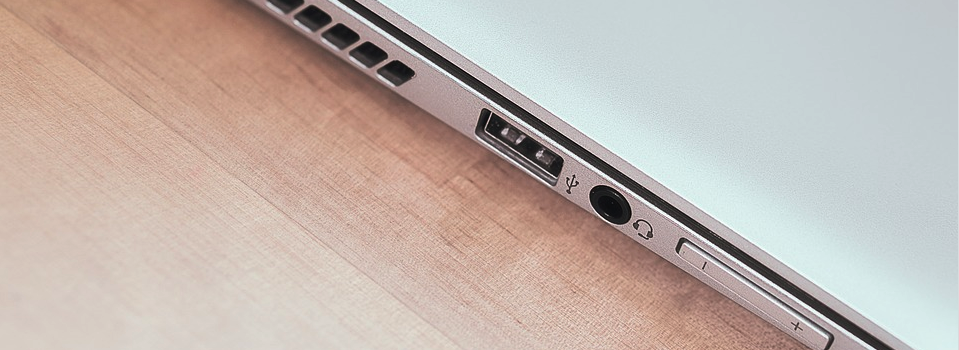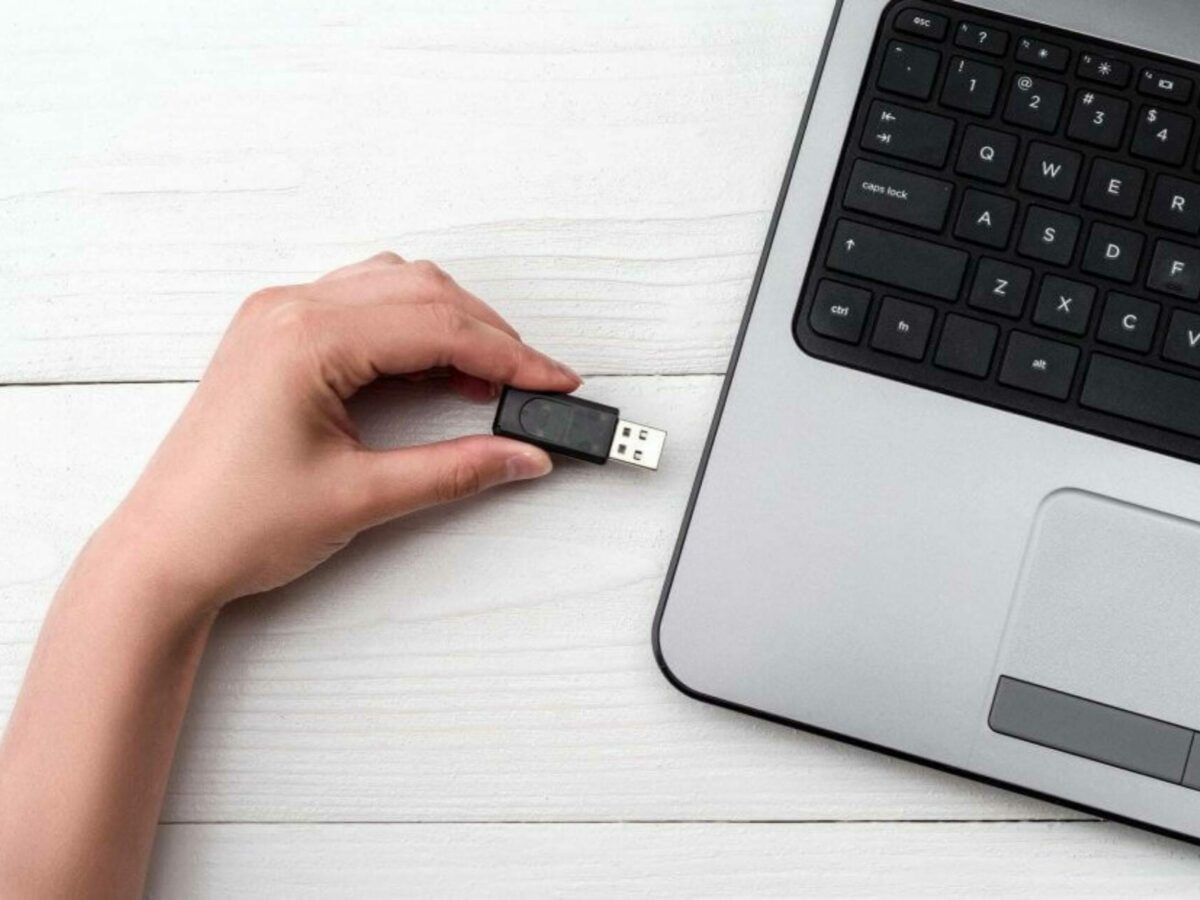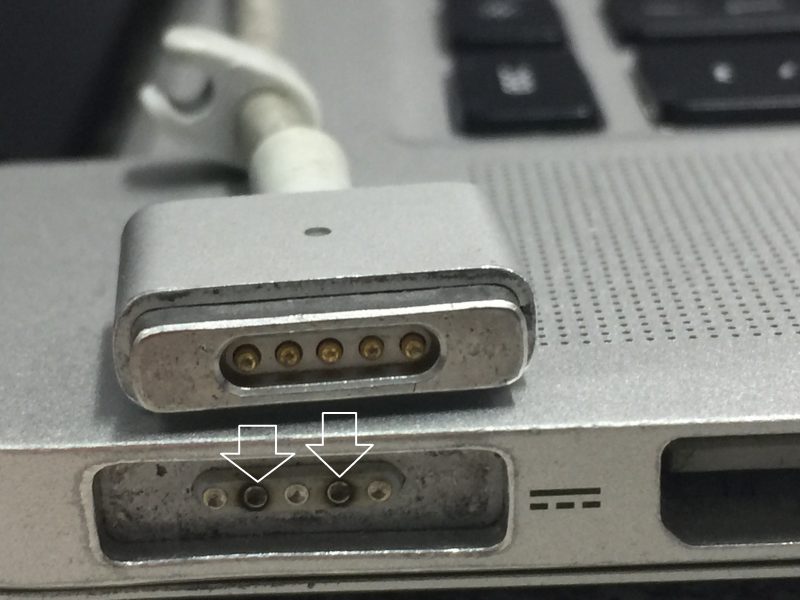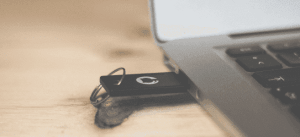

- Mac pro usb ports not working after power surge install#
- Mac pro usb ports not working after power surge serial#
- Mac pro usb ports not working after power surge windows#
☞ Allow your computer to discover the device connected by you, and install the corresponding drivers by itself.
Mac pro usb ports not working after power surge windows#
☞ Switch on your computer, and start Windows as you normally do. This will drain out the capacitors on the USB ports of any residual charge, and assist in the process of resetting your ports. ☞ If you are using a laptop computer that has a detachable battery, remove the battery, and then press down the power button for a few seconds.
Mac pro usb ports not working after power surge serial#
This can be done by clicking on Universal Serial Bus Controllers to expand it, and then right-click each device listed under that, and click on Uninstall. ☞ Uninstall all the drivers for every USB port accessible by your computer. This will reveal the USB port that has been affected by the power surge problem. ☞ Open the Device Manager ( Control Panel → Hardware and Sound → Device Manager) once more. Here are a few steps to guide you to resolve this: However, if in spite of removing every connected device, you still get the same message of the “Power Surge” problem, the fault could lie with the drivers for the USB port. This is an easy way to find the device responsible for the problem. ♦ As soon as the other factors are ruled out, remove each device connected to the hub (or the ports directly on your computer), one by one. In case you find that the cable is the cause of the problem, replace it with another one and check if the problem persists. This will show you the maximum voltage and current allowed for the different ports. ☞ To individually take a look at the properties of each port, right-click the root hub’s listing and select Properties from the drop-down menu. Look for USB Root Hub nested inside the tree of theUniversal Serial Bus Controllers.

☞ Type “Device Manager” in the search box of the Start menu. If you are in doubt, you can obtain the power rating of your USB ports by following these steps: Double-check the power rating of both and compare the values with that of the port.

Probably, its connector and/or cable may not be equipped to handle a lot of power. ♦ Check whether the fault lies with the cord that you are using. Let’s troubleshoot this issue right from the root. It, thus, safeguards your computer and other devices from power surge damage. Instead of these, you could opt for a self-powered hub which not only has sufficient number of ports but also has the ability to draw power from an external power source instead of the computer it is connected to. ♦ Low-cost, poor-quality, multi-port USB hubs are deemed inefficient in regards to load management. However, daisy chaining would increase the time lag in the communication with the computer, especially if you are using the USB 1.x standard. ☞ You could daisy-chain (plug one hub into another hub) your connection. ☞ You can run the device with a USB adapter that can be directly connected to an power socket. For example: a USB-connected table fan or a lava lamp can function perfectly without being connected to a computer. ♦ If only those devices that actually need to communicate with a computer are plugged into the hub rather than each and every device that has a USB-connect capability, the chances of overloading the hub are reduced. Hence, they are optimized to charge your device.

The reason is charging ports are well-equipped to draw in more power than a standard one. ♦ If you wish to plug your device into your computer to charge it, use the charging USB port rather than the standard one. Here are a few pointers to help avoid this situation from the very first instance itself. For this precise reason, it is advisable to know beforehand, how much power a device would draw when it is connected to a USB port, so as to avoid unforeseen damages. A fact that not too many people are aware of, is when excessive power is drawn by a device through a USB port, it will not only damage the port itself but the computer’s motherboard as well. A USB device has exceeded the power limits of its hub port.Īfter which, things just go downhill from the USB ports only recognizing our devices intermittently to their complete malfunctioning.


 0 kommentar(er)
0 kommentar(er)
